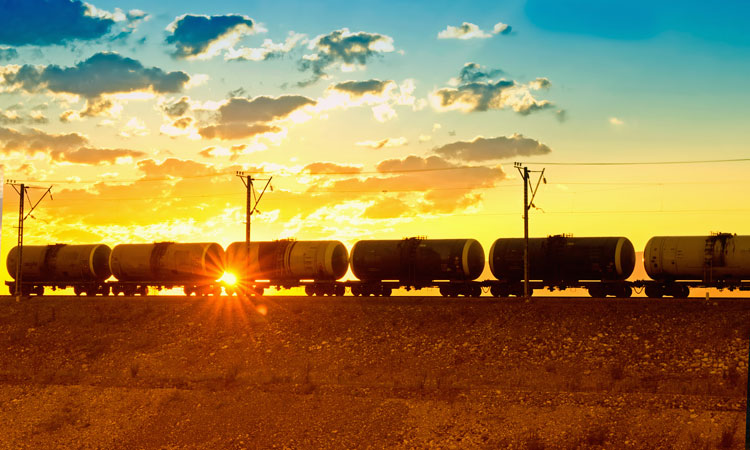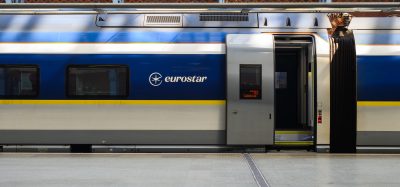Interview Spotlight: Brad A. Myers, Amsted Digital Solutions
Posted: 27 November 2019 | Global Railway Review | No comments yet
Brad A. Myers, Chief Operations Officer from Amsted Digital Solutions, discusses how smart solutions can benefit rail freight operators and what challenges the industry will face as it becomes more digitally advanced.


In what ways does digitalisation create bottom-line benefits for rail freight operators?
Visibility linked to asset location and the relative value are understood, however, the opportunities to enhance fluidity of a given network is under-utilised. A connected network leveraging Internet of Things (IoT) technology is the next evolution towards optimising rail freight networks. Challenges today for many customers who utilise rail for freight movements are lacking timely information and the confidence in the limited information they receive today. Better fleet planning on the shipper side will assist the operators to be more efficient as well. This means the next evolution should be onboard near-real time information. It’s not just about trains en-route, it’s about idle assets in transit, dwell times, and out-of-route situations, and each compounds negatively on one another related to reaching specific optimisation goals.
To what extent will innovative technology play a role in increasing the model share of rail freight?
This topic has plagued the rail freight industry for some time. A simple analogy is customers/shippers can utilise trucking from origin to destination and typically guarantee delivery in, say, two days. A similar origin destination pair moved by rail may take as much as five days. This can mean greater inventory, increases in working capital, etc. A strategic opportunity for increasing model share is greater reliability, even if it really does take five days to move by rail. If shippers are guaranteed the five days delivery time, the lower cost and lower carbon impact of rail freight will likely be worth it to customers and shippers alike. To get these types of improvements, greater supply chain asset visibility is necessary.
What do you consider are the main challenges rail freight operators face in fully embracing digital solutions?
The ability to share information between operators is a primary challenge. It’s a very competitive landscape, and working more closely together to understand the fluidity of the entire region versus a single operator’s network is an absolute must. One operator will struggle independently to be successful if they cannot better plan what’s arriving on their lines and what is leaving their lines. Today, operators are good at what they do, however, to improve, there needs to be more of a collaboration in order to remain competitive to trucking, if there is to be growth in model share via rail.


Issue
Related topics
Cargo, Freight & Heavy-Haul, Digitalisation, Internet of Things (IoT)







